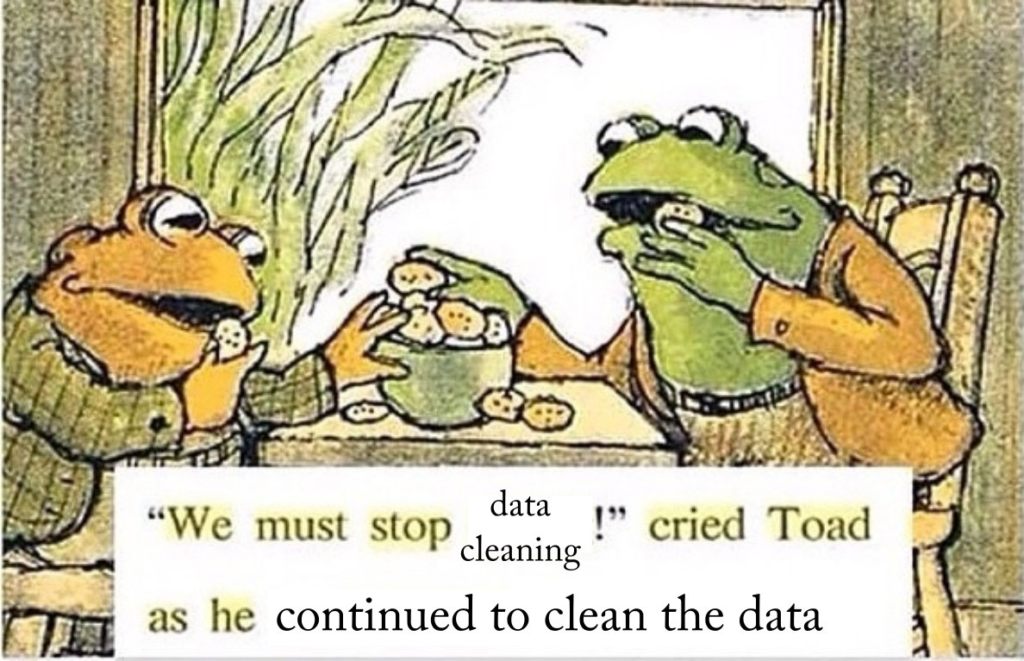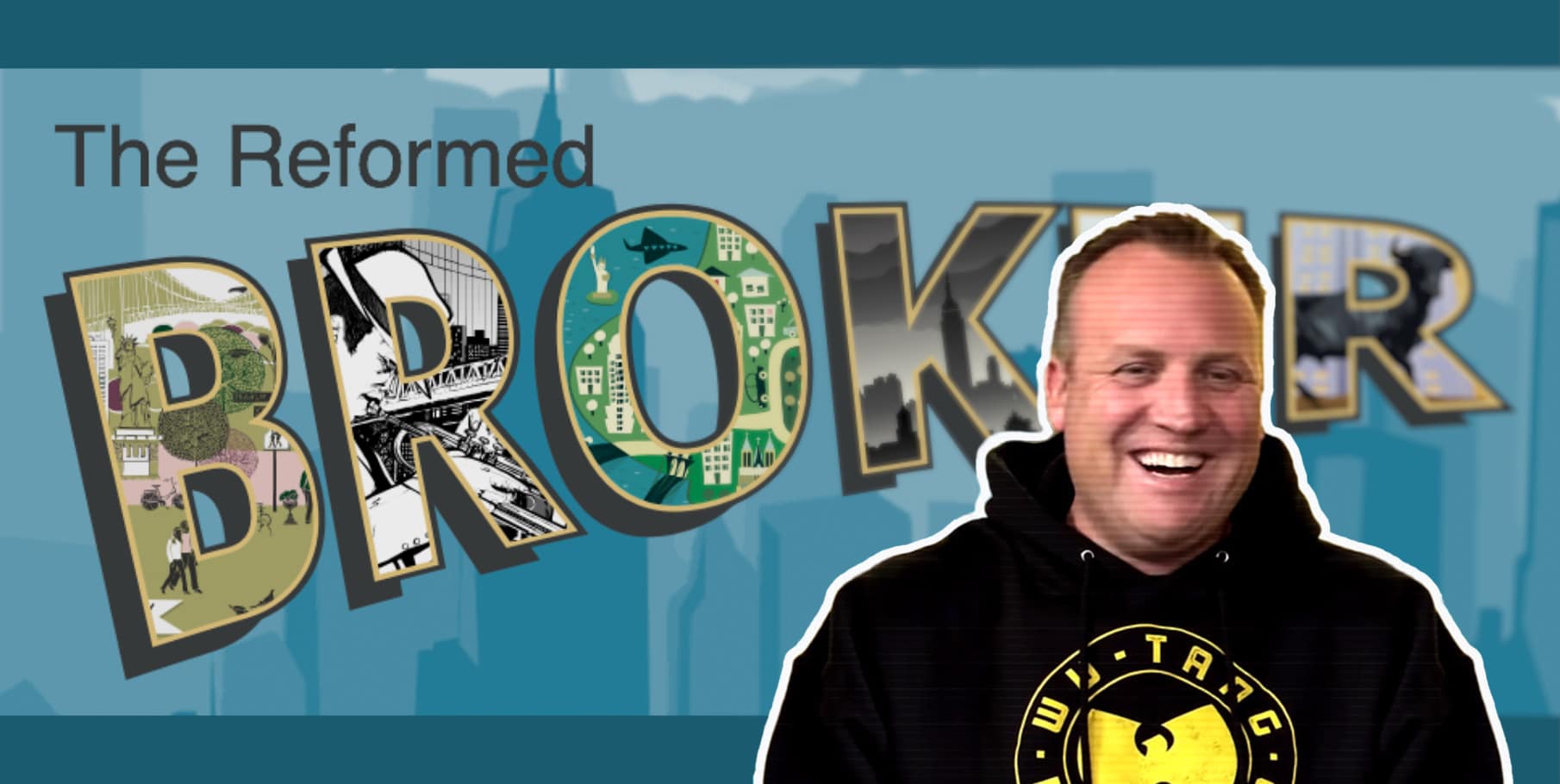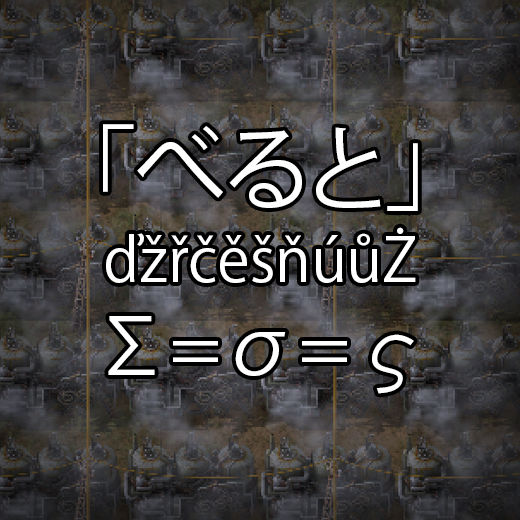Algol-68 seemed like a good idea – until it wasn’t
The 1960s saw rapid growth in programming languages, which was both good and bad. The first (commercial) languages appeared in the late 1950s, in the guise of Fortran, and Cobol, which were very successful. Work on Algol started in 1958, it was to be a scientific programming language, providing features that Fortran just didn’t, e.g. better structured control, in a package that had roughly the same scope as Fortran, i.e. numerical computation. Algol-58 didn’t really get too far, with emphasis shifting to Algol-60 first implemented by 1960. Algol-60 had a lot going for it, but it seemingly wasn’t enough for the group that produced the 1962 revision of Algol-60. Working Group 2.1 of IFIP wanted a more universal language, one whose scope could include areas covered by Cobol and Lisp, and so they set about extending the language into Algol-X, what would become Algol-68. But Algol-68 wasn’t really a new version of Algol, it was a whole new language. A very complex, and intriguing language, perhaps ahead of its time, perhaps too obscure.
The best we could do was to send with it a minority report, stating our considered view that, ” . . . as a tool for the reliable creation of sophisticated programs, the language was a failure.”





















